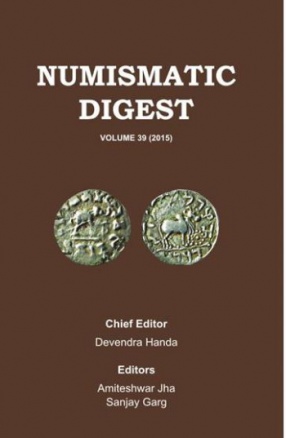
Devendra Handa

Showing all 18 books

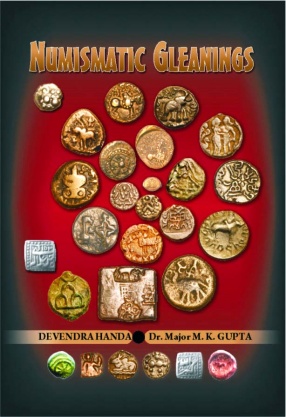
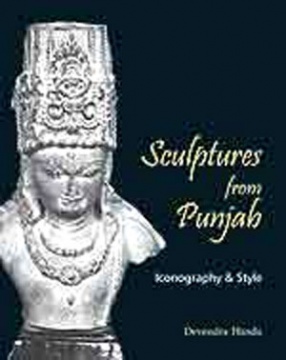

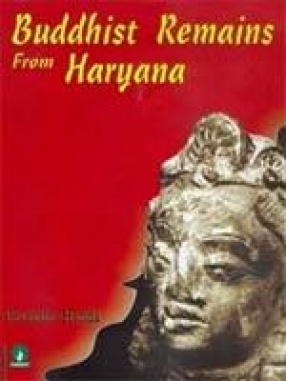

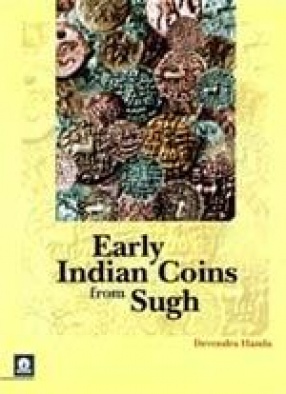
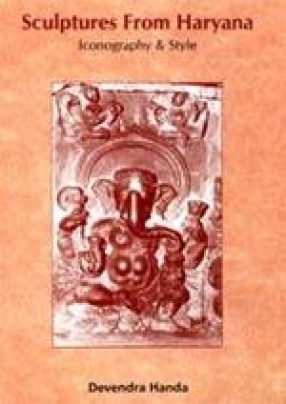


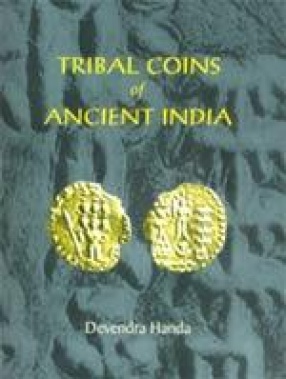
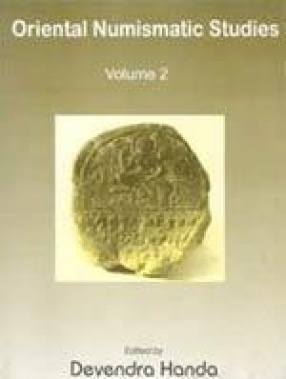

Contents: 1. The bull on Indian coins/Devendra Handa. 2. The earliest Saivite images on ancient Indian coins/Wilfried Pieper. 3. Aspects of Indo-Roman trade/Michael Mitchiner. 4. Roman Copper Folles of Diocletian from South India/David W. Mac Dowall. 5. A contemporary counterfeit coin of Flavius Valens (364-378 AD), the Byzantine/Jee Francis Therattil. 6. Sealings of Yuvaraja Vasisthiputra chada/Dr. Amarendra Nath. 7. A short presentation on one west-Indian and ...
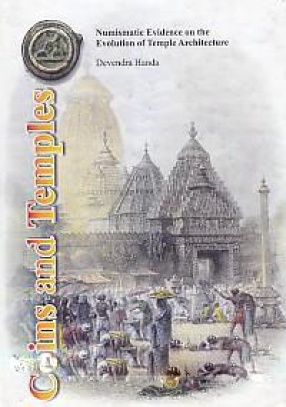

The present work contains thirty-three articles of the authors on some unique, interesting and significant coins and sigils which throw flashes of light on various aspects of the history, culture, religion, art, economy, trade and commerce, science and technology of the people of India in different periods of its long history. It is for the first time that minuscule copper punch-marked coins from Vidisha have been brought to light which acquaint us of the local ...

Punjab has almost been a terra incognita for long with regard to the sculptural art and not much is known even now except 57 railing pillars of Sanghol published by the National Museum, New Delhi. The remaining 60 pieces, some of which are aesthetically equally important, and some stray finds made now and then, have not received due attention which they deserved. Quite a few of the elegant and artistic sculptures have even been pilfered and are not traceable now. ...

Haryana has been a terra incognita as far as the beginning of Jainism and Jaina art are concerned. The hoard of Jaina bronzes from Hansi in district Hisar, discovered just accidentally in February 1982, which has remained unpublished all these years, thus, forms an important discovery which throws very welcome light on the beginnings of Jainism in this northern state adjoining Delhi. It provides the earliest archaeological evidence of the prevalence of Jainism in ...
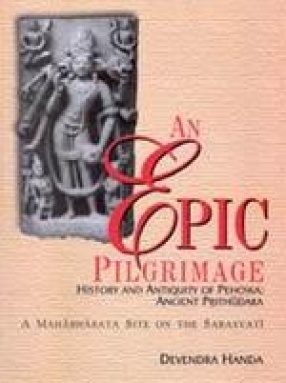
This book is the first comprehensive account of Pehowa, one of the oldest and most sacred place (tirtha), located on the banks of the illustrious Rigvedic river Sarasvati, in the Kurukshetra region. The modern name Pehowa is a corrupt form of the original Sanskrit name of the town, Prithudaka. Traditionally, it derives its name from Prithu, the first consecrated king of the world who introduced agriculture and sedentary life in the region for the first time. It ...
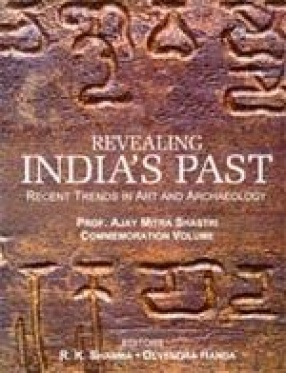
Late Prof. Ajay Mitra Shastri does not require any introduction. He shone in the world of Indology by his erudition and fame. His valuable contributions to the various branches of Indology covering more than forty years are well known to scholars. His deep knowledge of Sanskrit acquired through traditional education in the gurukulas together with analytical and critical acumen imbibed through modern education enabled him to write on any aspect of Indology with ...

The present work is based on the first-hand study of the Buddhist remains, mostly lying unnoticed at various places and in museums and private collections. It has taken years of study and fieldwork to dig up the literary and archaeological data to prepare this monograph which brings to light many stupas, pillars, sculptures, terracottas and other antiquities from the region of Haryana showing clearly that Buddhism continued to live here even after it was wiped ...


This book presents an account of the early Indian coins found from Sugh, the ancient S )S_ rughna, an extensive and very important archaeological site of Haryana located about 5 km east of Jagadhari/Yamunanagar on the old bed of the river Yamuna where it debouched into the plains from the Shiwalki hills of the Himalayas. Naturally protected on three sides by a bend of the river it occupied a very strategic position on the ancient trade route connecting the Ganga ...

This book is the outcome of sustained interest, occasional surveys and researches in the archaeological and cultural heritage of Haryana by the author during the last four decades. The very strategic location of Haryana on the route connecting India with the western world made it a rendezvous of the east and west and also a state to bear the brunt of all alien incursions from the early historic to medieval times. The medieval iconoclastic hordes demolished all ...

The present volume contains 20 research papers and four book reviews and out of these five scholars have contributed two papers each. These include two papers by P.L. Gupta, one on Inscribed Silver Punch Marked Coins and another on the Kuras. R.C. Agrawal's first paper discusses a Greek coin in which he left open its attribution. His second paper deals with the Gupta gold coins (26 in number) housed in the Sardar Museum Jodhpur.



The book is a collection of thirty one chapters dealing with coins and currency from the earliest period of their appearance to the modern times. A new series of local early silver coins have been published here for the first time. The papers bring to light the first Kshudraka and Vrishni copper coins, new varieties of Kada and Arjunayana coins, the smallest coins of the Malavas and of Ala-ud-Din Khiljl, an unique coin of Shah' Alam II and an unique bilingual ...

Tribal coins throw a food of light on the history, culture, religion, economy, polity, trade, commerce, technology, symbology, metrology, movements, etc. of the various tribes in ancient India. They thus enlighten us about various aspects of the life and culture of the people in ancient India. Numismatic discoveries made from time to time, interpretations and newer techniques of analysis have rendered earlier views in many cases as obsolete and worth revision. ...

The book contains a collection of research articles by eminent archaeologists and other scholars which throw light on early indigenous, Indo-Greed, Satavahanas, Western Ksatrapa, tribal, Gupta, Chalukyas, Mughal and other coins recently discovered as well as interesting seals from Ropar, etc.
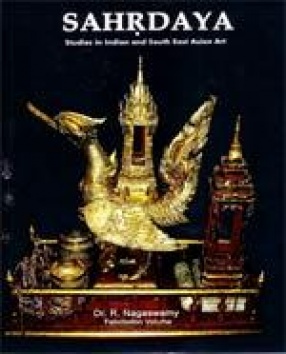
The Volume Sahrdaya, consists of 26 memorable and penetrative, essays on Indian and South East Asian Art and Religion, by eminent Scholors from Austira, Germany, Italy, France, USA, Canada, Korea, Thailand, Combodia and Indonesia besides India, and focuses on some fundamental Religious thoughts and their manifestations in Art. It begins with an admirable study of Sun as Martanda who is identified with supreme Siva in the Advaitic Kashmir Saivism, through the text ...
